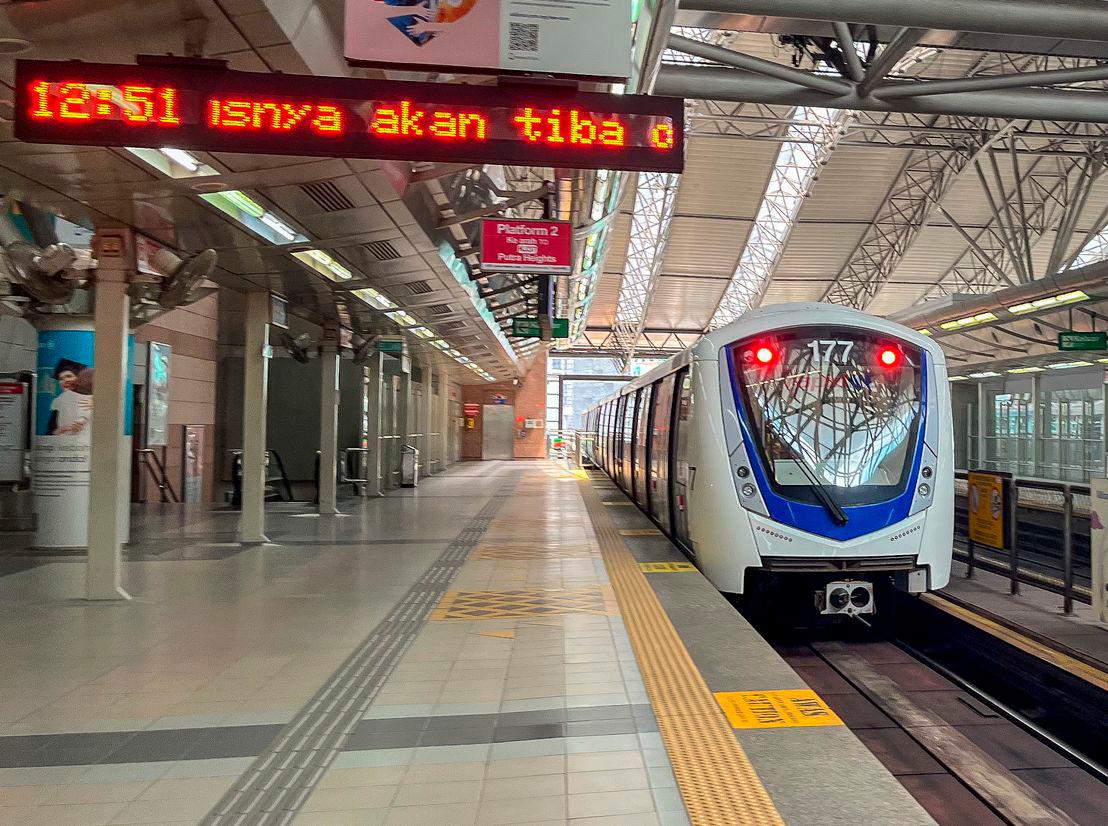KUALA LUMPUR: Train services on several KTM Komuter and Electric Train Service (ETS) routes are experiencing major delays due to signal system migration works that began on May 30 and are set to continue until tomorrow.
Keretapi Tanah Melayu Berhad (KTMB), in a statement today, said the delays affect KTM Komuter services on the Pulau Sebang – Batu Caves – Pulau Sebang and Tanjung Malim – KL Sentral – Tanjung Malim routes, as well as ETS services.
“The signal migration works are being carried out between Kepong and Salak Selatan stations to ensure a more efficient and safer signalling system capable of supporting the increasing number of passenger train operations in the Klang Valley,” the statement said.
KTMB said the works are part of Phase 1 of the Klang Valley Double Track (KVDT) infrastructure upgrade project, with all other project components completed in April.
In the same statement, KTMB chief operating officer Mohd Zain Mat Taha extended the management’s apologies to passengers affected by the delays.
Phase 1 of the KVDT project, which began in 2015, involves the rehabilitation of tracks and railway systems along the Rawang–Salak Selatan and Simpang Batu–Sentul routes, covering approximately 110 kilometres.
The scope includes upgrades to track formation and structures, overhead line systems, signalling and communication systems, electrification works and enhancements at 16 key stations across the Klang Valley corridor.
Phase 2 of the KVDT project, covering a 140-kilometre stretch from Salak Selatan to Seremban, and Kuala Lumpur to Port Klang, commenced in February 2023 and is expected to be completed by 2029.
Since the start of the track rehabilitation and upgrade works, KTM Komuter services have been operating at 30-minute intervals, as only a single track is available in the affected sections under repair.
“These upgrades are crucial to ensuring the safety of rail transport, especially given the ageing infrastructure and the presence of several flood-prone stretches along the mainline,” the statement added.
Once completed, the project will significantly improve capacity and efficiency to accommodate growing demand. The upgraded, modern signalling system will also help reduce train service intervals.









